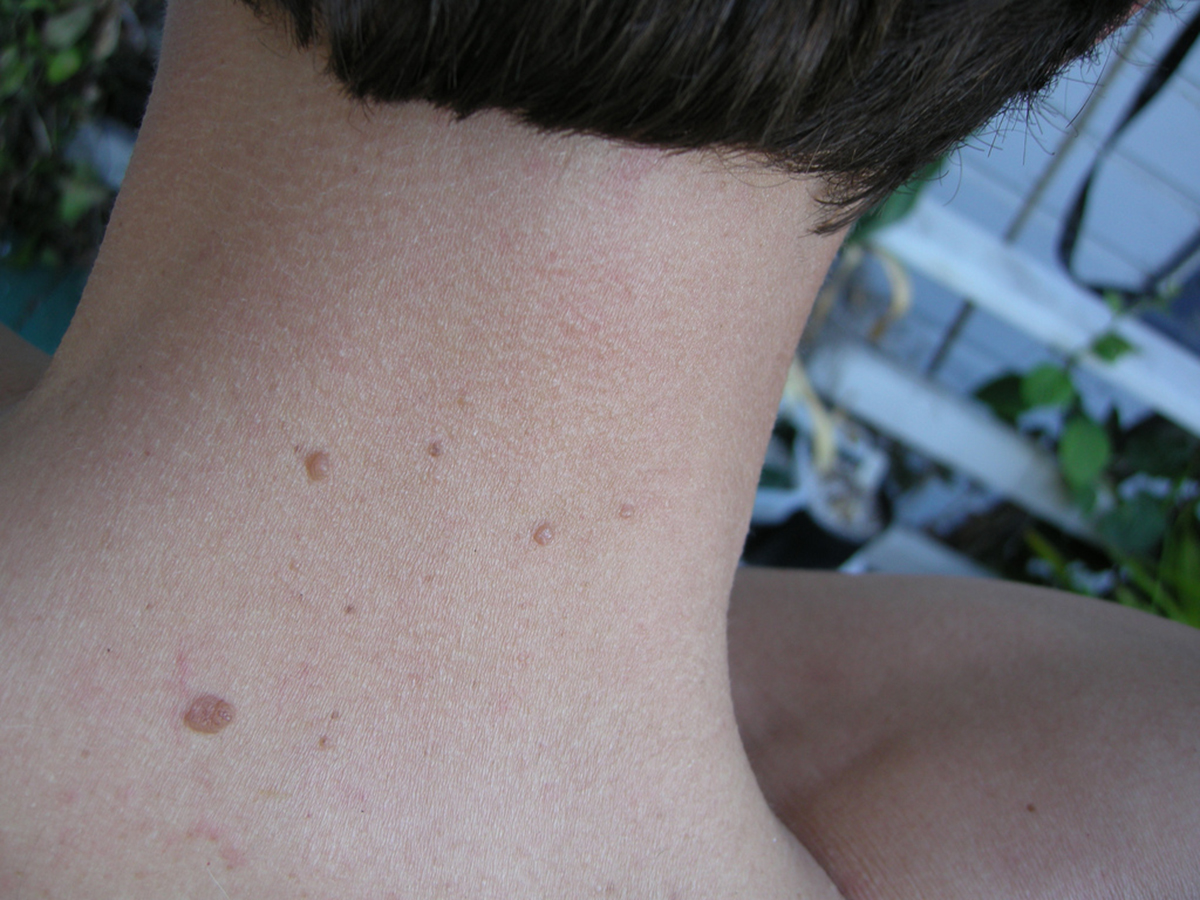Table of Contents
Getting Your Dysplastic Nevus Examined
Have you got a "weird-looking mole" that you are worried about? It's most likely to be a dysplastic nevus. Do make an appointment to get it checked out. You can call your family doctor, who may examine your mole and decide whether to refer you to a dermatologist or not, or you can go straight to a dermatologist.

Your healthcare provider will examine the mole. If you have five or more dysplastic nevi, they are likely to recommend regular (twice-yearly) checkups. Pictures of the moles can make any changes that occur over time easier to spot. Not all atypical moles need to be removed. Only those that change over time and those that are "fresh" are picked out for removal, because those have the highest risk of turning into melanoma.
Is It Melanoma?
Melanoma is a type of skin cancer that starts in the pigment cells or melanocytes. Melanoma can spread to other organs, like the lungs, liver, brain and bones, after which it can become fatal. Many people are extremely worried about melanoma, due to media coverage of this type of skin cancer.
Discovering a strange-looking mole can be terrifying, and you might think you've got melanoma immediately. While this type of panic is not nice to experience and your fear will usually turn out to be for nothing, it does serve a purpose. The earlier melanoma is spotted, the higher the chance of successful treatment.
See Also: Interferon As Adjuvant Therapy For Malignant Melanoma
What are the characteristics of melanoma?
- In women, melanoma is most likely to appear on the lower legs or back. In men, melanoma usually appears on the head, neck, or back.
- People with darker skin have a lower risk of melanoma. When they do get it, it may be found under the nails, on the palms of the hands, or on foot soles.
- You'll look out for asymmetry, irregular borders, multiple colors, and a larger diameter.
- Melanoma changes over time. Any existing mole that changes or new colored area on the skin should be examined.
A biopsy is the only way to know for sure if you have melanoma. After a small sample is removed from the area, its cells will be tested in a lab. It can be hard for lay people to tell the difference between melanoma and a dysplastic nevus.
- Photo courtesy of M. Sand, D. Sand, C. Thrandorf, V. Paech, P. Altmeyer, F. G. Bechara by Wikimedia Commons : en.wikipedia.org/wiki/File:Congenital_melanocytic_nevus_01.jpg
- Photo courtesy of SuperFantastic by Flickr : www.flickr.com/photos/superfantastic/2506660650/


Your thoughts on this